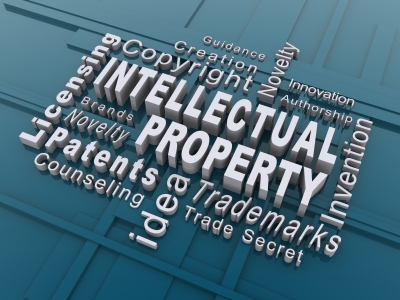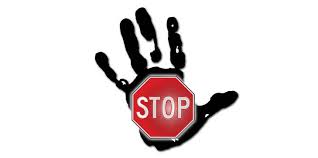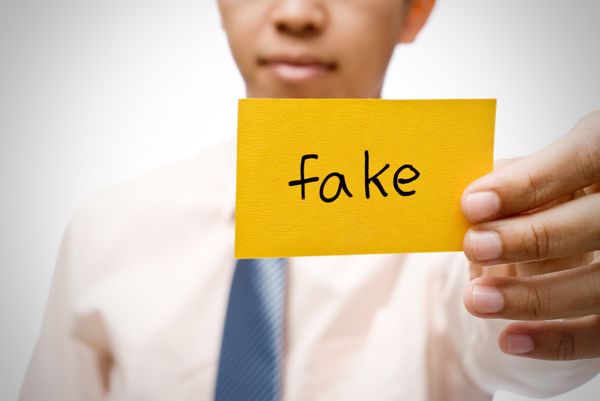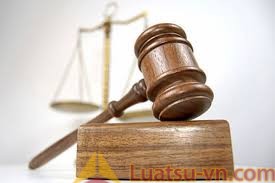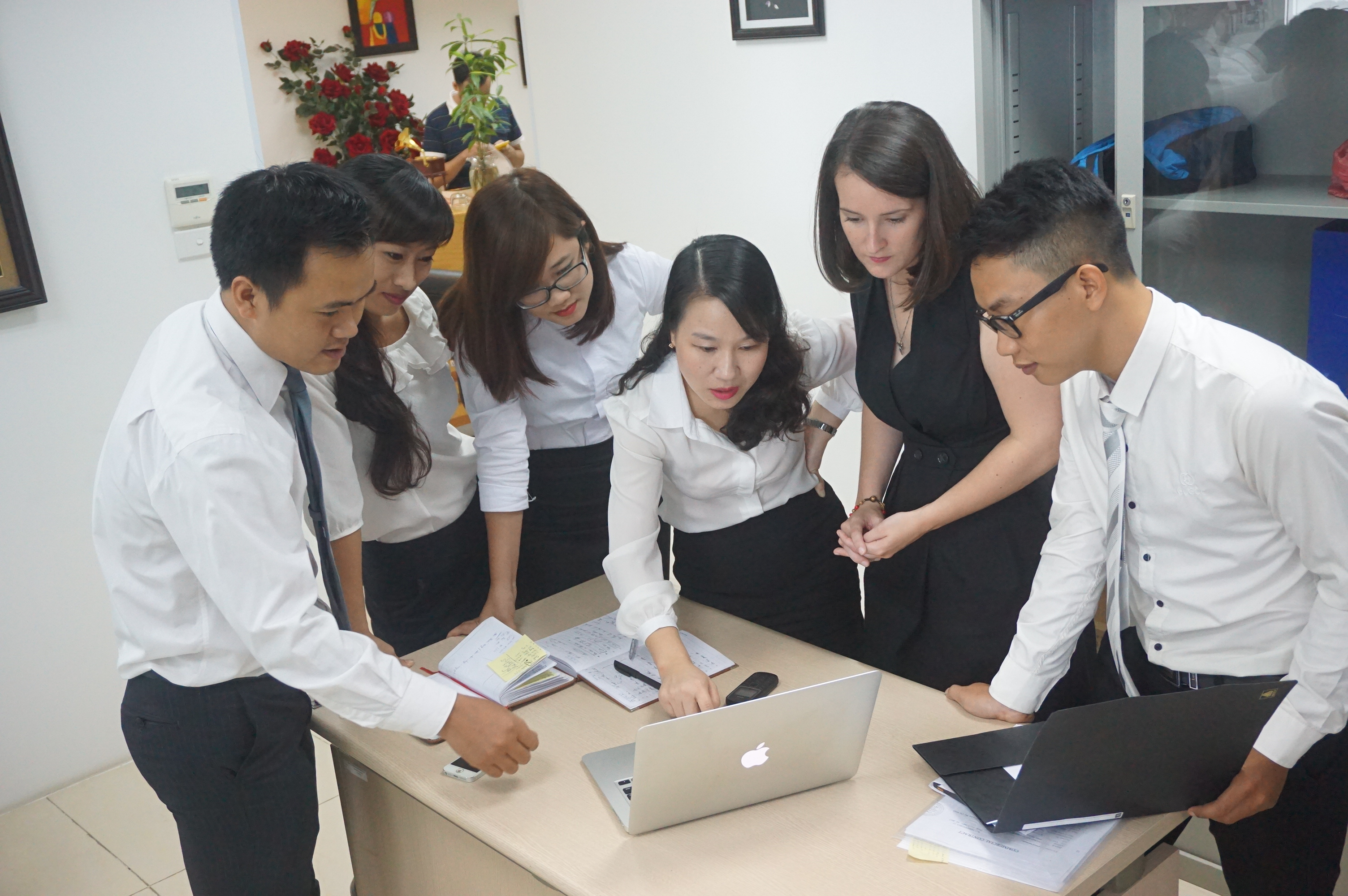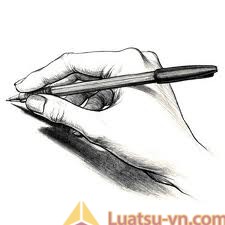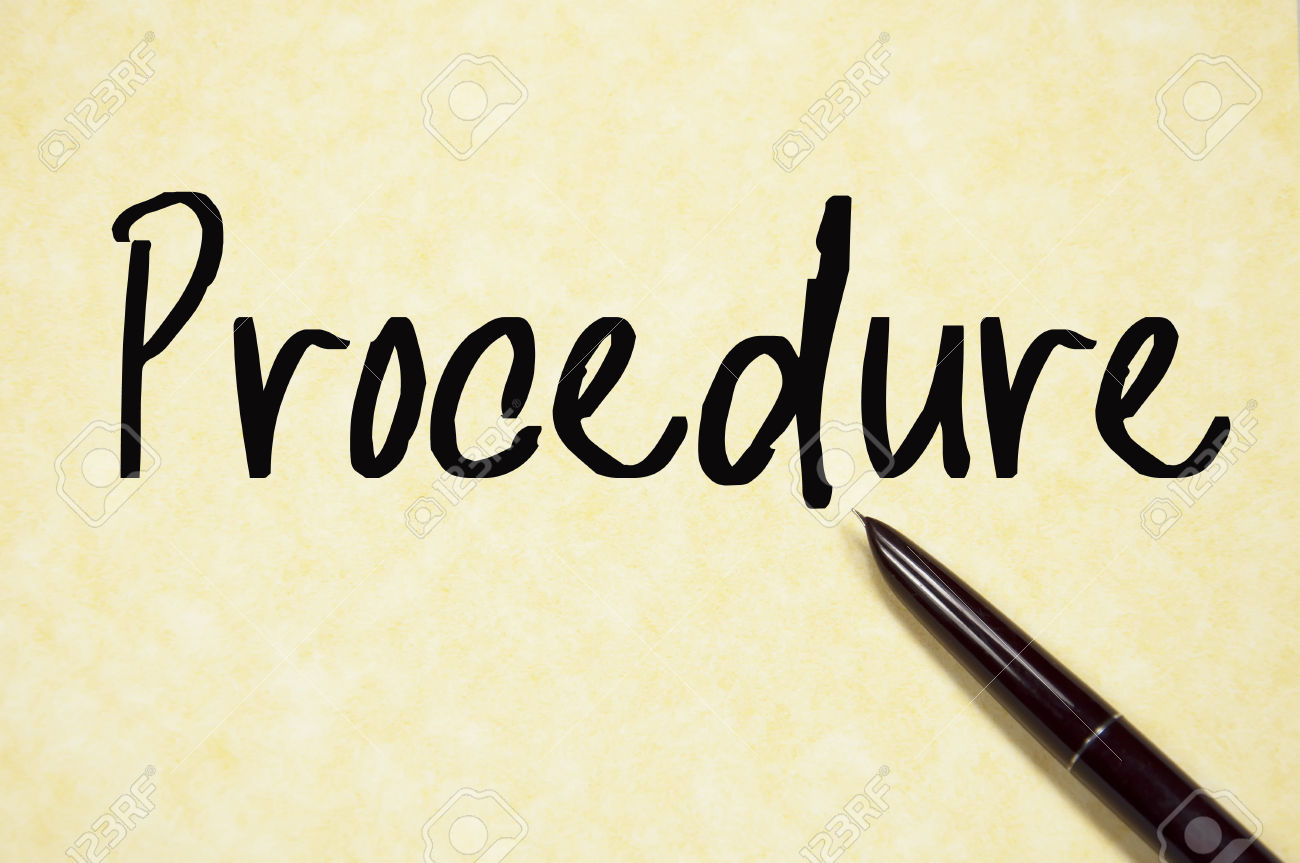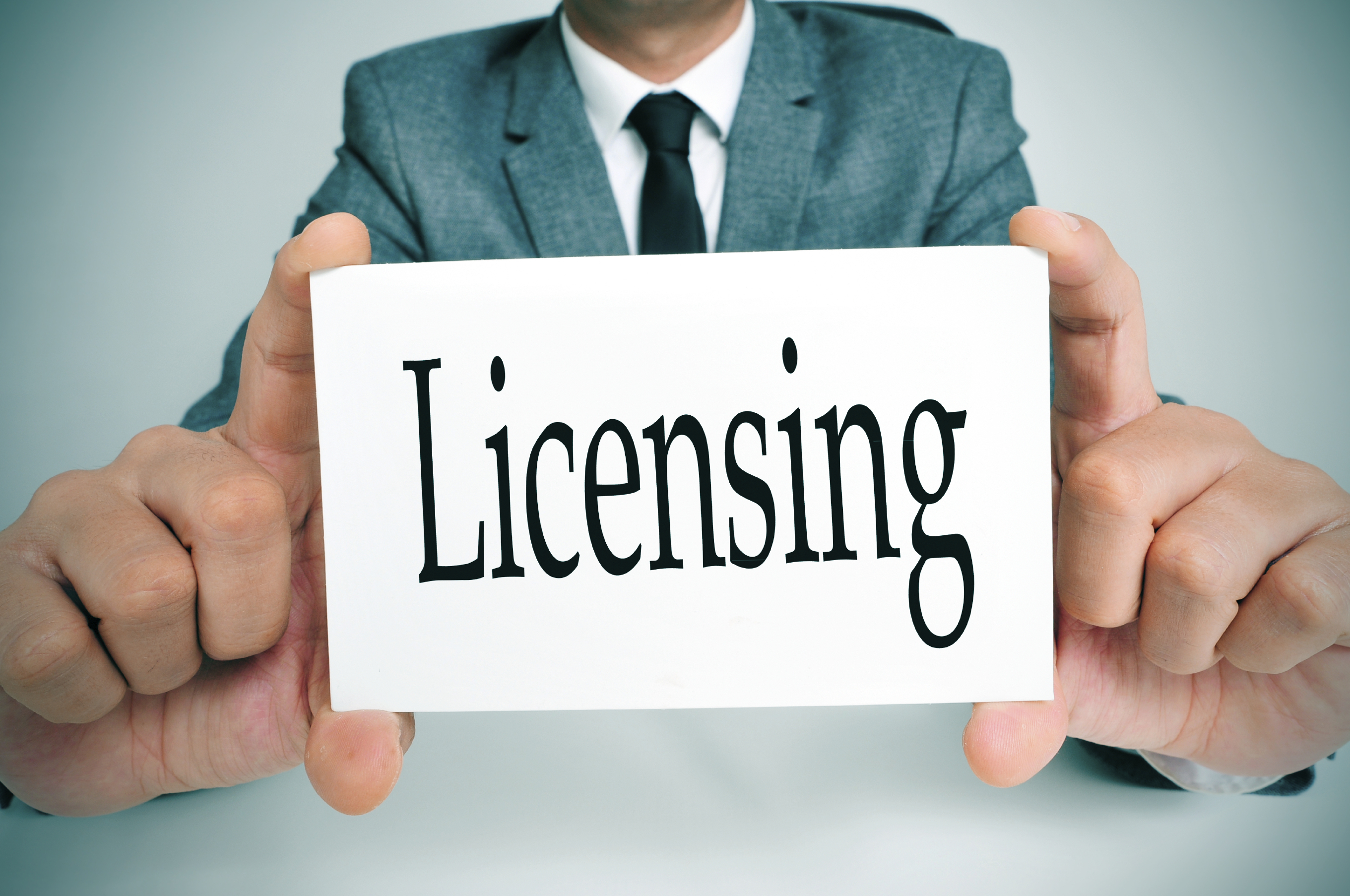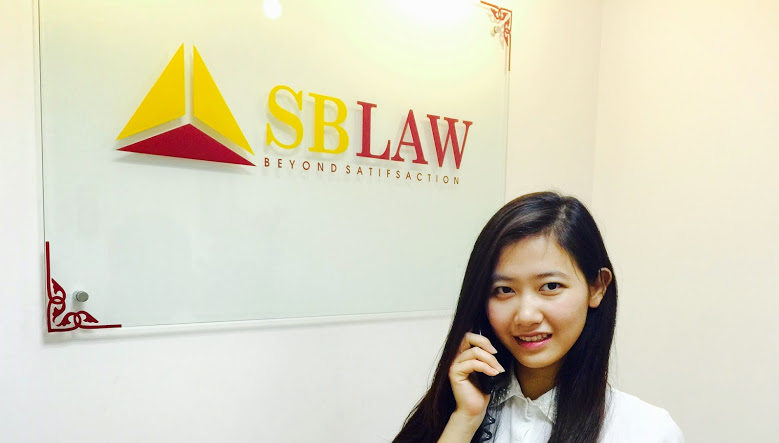1. When persons requesting the suspension of customs procedures have fulfilled their obligations specified according to the Intellctual property Law, customs offices shall issue decisions on suspension of customs procedures with regard to goods lots in question.
2. The duration of suspension of customs procedures shall be 10 working days from the date of issuance of the suspension decision. Where the customs procedure suspension requester has justifiable reasons, this duration may be prolonged but must not exceed 20 working days, provided that the requester deposits the security
3. Upon the expiration of the duration specified in Clause 2 of this Article, if persons requesting the suspension of customs procedures do not initiate civil lawsuits and customs offices do not decide to accept the cases for handling of administrative violations of the goods lot exporters or importers according to administrative procedures, customs offices shall have the following responsibilities:
a/ To continue carrying out customs procedures for such goods lots;
b/ To compel persons requesting the suspension of customs procedures to compensate all the damage caused to the goods lot owners due to unreasonable requests for the suspension of customs procedures, and to pay expenses for warehousing and preservation of goods as well as other expenses incurred by customs offices and other related agencies, organizations and individuals according to the provisions of law on customs;
c/ To refund to persons requesting the suspension of customs procedures the remaining security amount after the obligation of paying compensations and expenses specified at Point b of this Clause is fulfilled.



